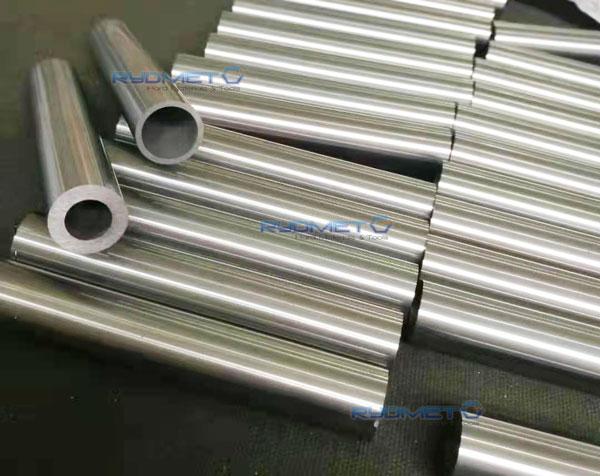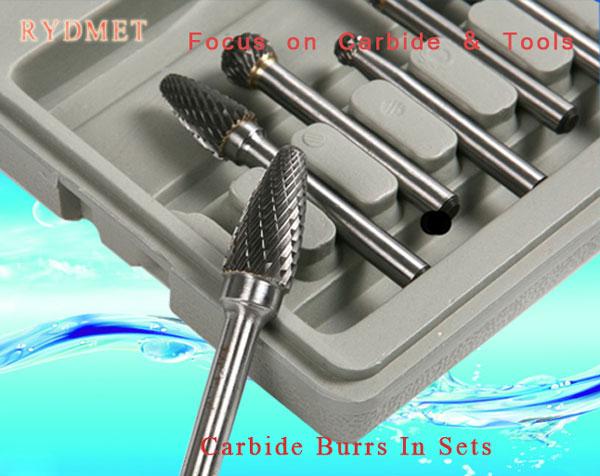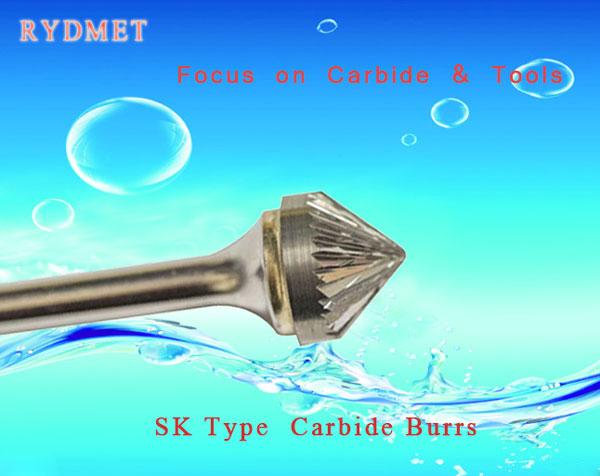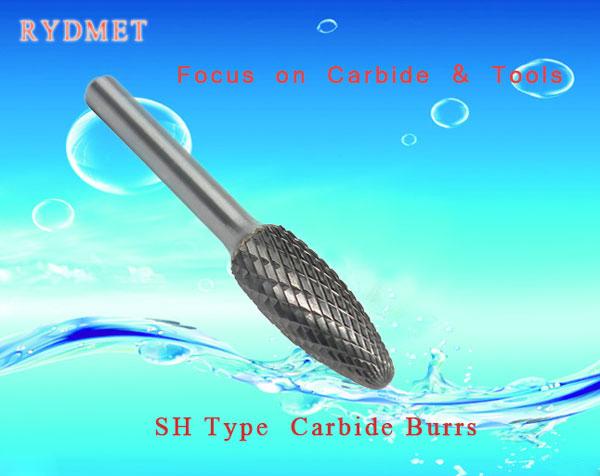Carbide Rods's Surface Treatment (Centerless Grinding)


To Grindcarbide rod involves a machining process aimed at shaping and finishing carbide rods to meet specific dimensional and surface finish requirements. Carbide rods, typically made from tungsten carbide or similar hard materials, are used in various applications such as cutting tools, drills, end mills, and wear parts due to their excellent hardness, wear resistance, and thermal conductivity.
Here's an overview of the carbide rods grinding process:
1. Preparation: Before grinding, carbide rods may undergo preparation steps such as cutting to length and deburring to remove any sharp edges or burrs. This ensures that the rods are ready for the grinding process.
2. Mounting: Carbide rods are securely mounted in a holder or fixture to provide support during grinding. Proper mounting is essential to prevent vibration and ensure accurate grinding results.
3. Selection of Grinding Wheel**: Choosing the right grinding wheel is crucial for achieving the desired surface finish and dimensional accuracy. Grinding wheels designed for carbide materials typically feature diamond or cubic boron nitride (CBN) abrasives bonded to the wheel matrix.
4. Grinding Parameters: Grinding parameters such as wheel speed, feed rate, depth of cut, and coolant usage are carefully selected based on the specific material properties of the carbide rods, desired surface finish, and dimensional requirements.
5. Grinding Process: The carbide rods are brought into contact with the rotating grinding wheel, which removes material from the rod's surface through abrasive cutting action. The grinding wheel may traverse along the length of the rod or rotate while the rod remains stationary, depending on the grinding setup and requirements.
6. Coolant Application: Coolant is often used during carbide rod grinding to dissipate heat generated during the machining process, prevent thermal damage to the carbide material, and flush away swarf or grinding debris.
7. Quality Control: Throughout the grinding process, quality control measures are implemented to ensure that the carbide rods meet dimensional tolerances and surface finish requirements. This may involve periodic measurements using precision instruments such as micrometers and surface roughness testers.
8. Finishing Operations: After grinding, additional finishing operations such as polishing or lapping may be performed to further refine the surface finish and dimensional accuracy of the carbide rods if required.
Overall, carbide rods grinding is a precision machining process that demands careful selection of grinding parameters, proper equipment setup, and attention to detail to achieve high-quality finished products suitable for various industrial applications.


















